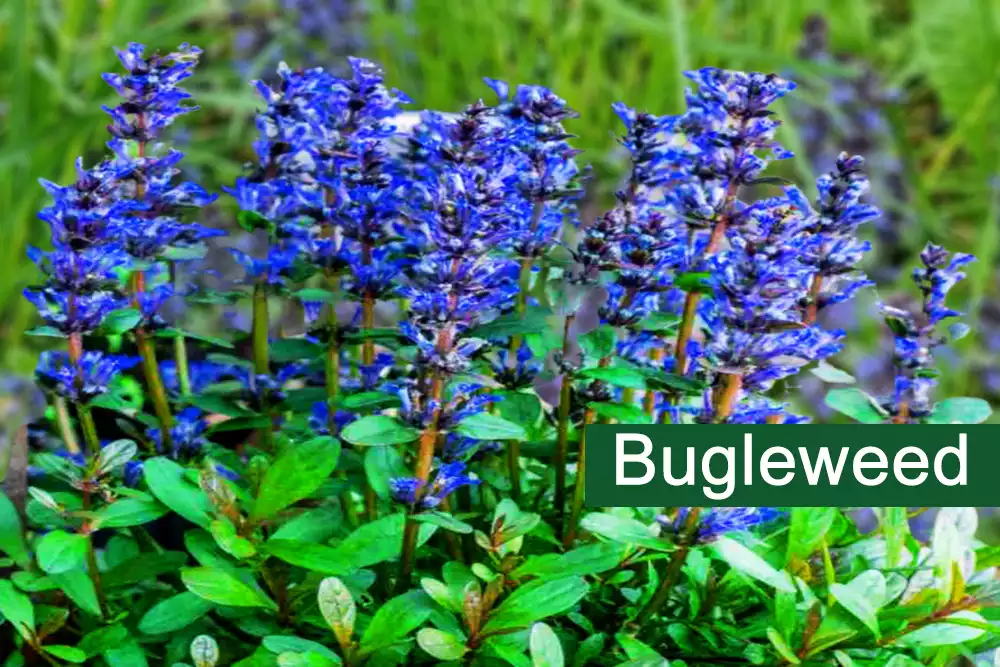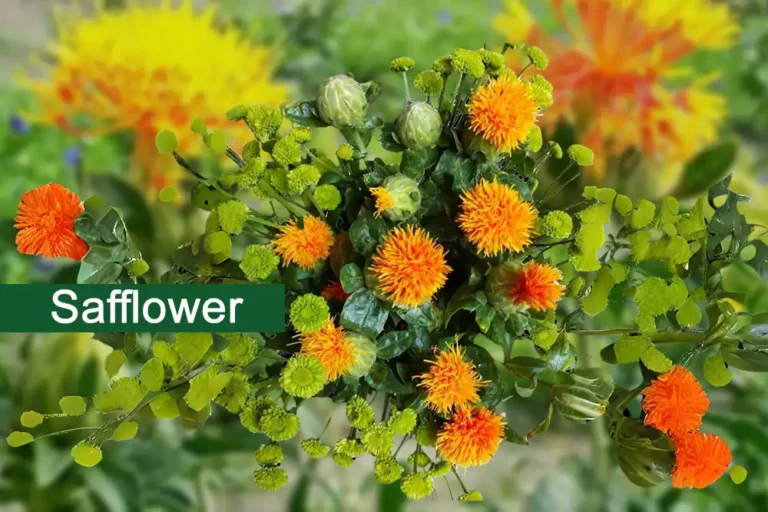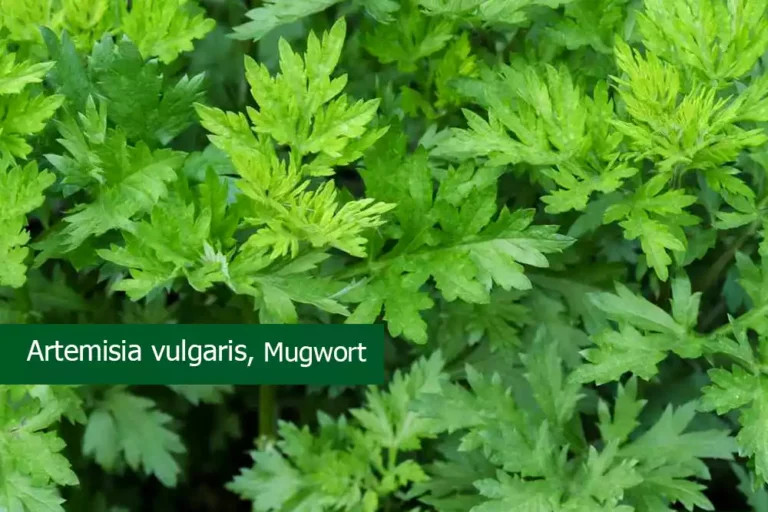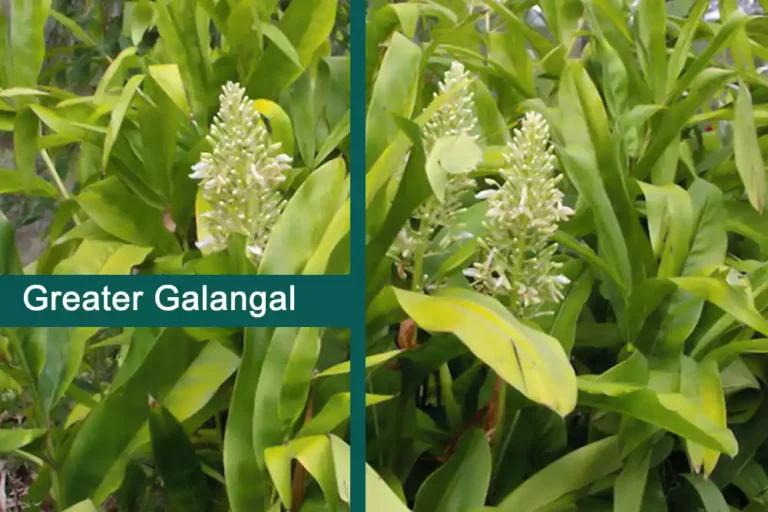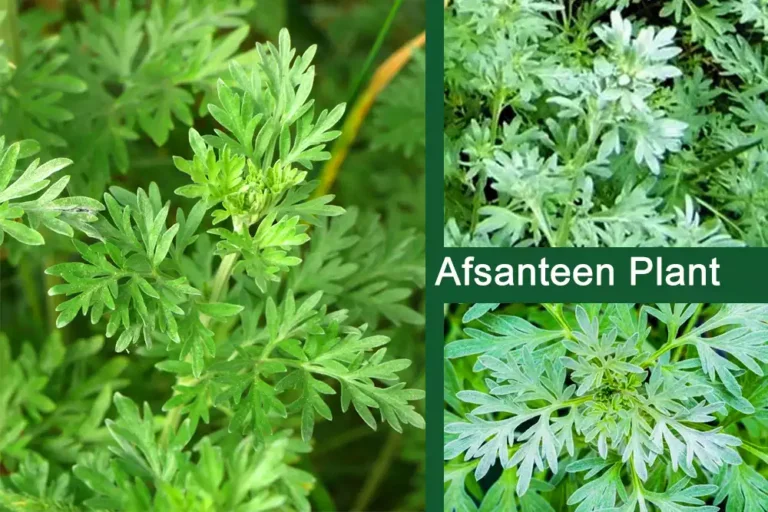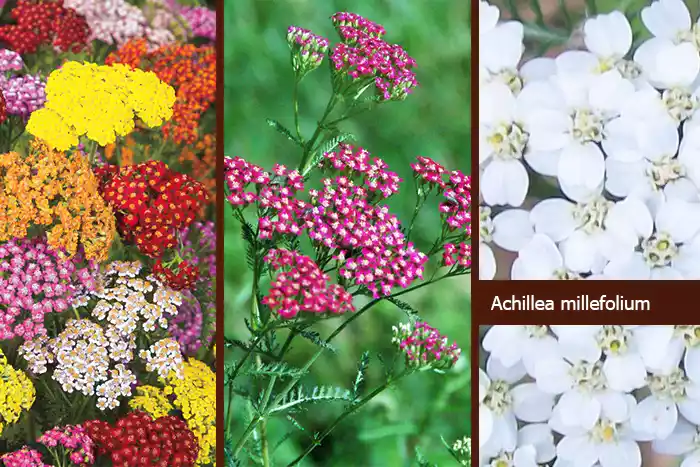Ajuga Genevensis Plant (Blue bugle) Medicinal Uses, Benefits
Ajuga Genevensis Plant is also known as the Ajuga, Blue bugle, Blue bugle plant, Carpet Bugle, Bugleweed, and in Urdu Rat Patha. Find out its medicinal uses, benefits, how to identify and grow it, and its traditional and international uses.
Ajuga Genevensis Overview
| Botanical Name | Ajuga reptans |
| English Name | Blue bugle, Bugleweed |
| Urdu Name | Rat patha |
| Common Name | Bugleweed |
| Family | Labiatae/Lamiaceae |
| Habit | Perennial herb |
| Part Used | Leaves, Young shoots-raw |
| Medicinal Plants | Explore |
Ajuga Genevensis Plant (Blue bugle)
Ajuga plant grows up to 15cm tall and unbranched, consisting of a rosette of leaves and a flowering stalk. The basal leaves are evergreen or semi-evergreen, obovate (spoon-shaped), and nearly hairless. Their margins are crenate and slightly undulate.
The flowering stalk of Ajuga is 4-angled and slightly pubescent or hairy. The flowers occur in a whorled spike, subsessile, purple to blue in color. Each flower is substituted with four oval-shaped nutlets that exhibit a pitted texture on their surface. The seeds of Bugleweed (Ajuga genevensis) are many small, and almost black in color. The root structure is comprised of a network of fibrous roots forming a crown.
Distribution of Ajuga Genevensis Plant
Ajuga genevensis is originally from Europe, western Asia, and Iran. However, it has also spread beyond cultivation and has become naturalized in certain areas of the northeastern and north-central United States.
Medicinal Uses of Ajuga Genevensis
Folk use
A homeopathic remedy is made from the whole Blue bugle (Ajuga genevensis) plant. It is commonly employed in numerous formulations aimed at alleviating throat discomfort and is particularly effective in addressing mouth ulcers.
Tib (Traditional Islamic Medicine) Uses
In herbal treatment(Tib) infusion of this Ajuga plant is still considered very useful in arresting hemorrhages and is employed in coughs and spitting of blood in incipient consumption and also in some biliary disorders.
Culinary use
The most commonly used culinary mint. It was popular at one time as meat covering. One would cover meat as we use foil today, to keep in the juice and flavor. Young shoots are eaten raw.
International use
The whole Ajuga plant is aromatic, astringent, and bitter. Bugle has a long history of use as a wound herb and although little used today, it is still considered very useful for treating hemorrhages and is also used in the treatment of coughs and blood-spitting in the early stages of consumption. The Ajuga plant contains digitalis-like substances (these are commonly found in Digitalis species and are used in treating heart complaints) and is thought to possess heart tonic properties. It has also been found beneficial for treating excessive alcohol intake. Additionally, it is commonly used in its fresh form in ointments and medicated oils.
Constituents of Ajuga Genevensis Plant
Phytoecdysteroids ajugalactone, cyasterone and polypodine B. Tannins are also present.
Climate and Growth Conditions
- Climate: Tropical to Sub-tropical regions.
- Temperature: Max: 41°C, Min: -31°C
- Rainfall: 1140 mm/year
- Soil: The plant prefers light sandy, medium loamy and heavy clay soils.
- pH Range: 5.5-7.5
- Reproduction: By seeds, spreading stolons and cuttings.
FAQs
What is the medicinal use of Ajuga?
Medicinally, Ajuga is known to alleviate respiratory issues, skin conditions, and wounds, while also reducing inflammation.
Is Ajuga a sun or shade?
It thrives in partial shade to full shade, though it can withstand some sunlight but prefers cooler, more shaded areas.
What is another name for bugleweed?
It is also referred to as Ajuga or Carpet Bugle.
Is bugleweed good for the thyroid?
Some studies suggest bugleweed may help with thyroid issues, like hyperthyroidism, but more research is needed.
Is bugleweed poisonous?
While bugleweed is generally not considered poisonous, consuming large quantities may lead to stomach discomfort. It is also advised against for pregnant or breastfeeding women.

